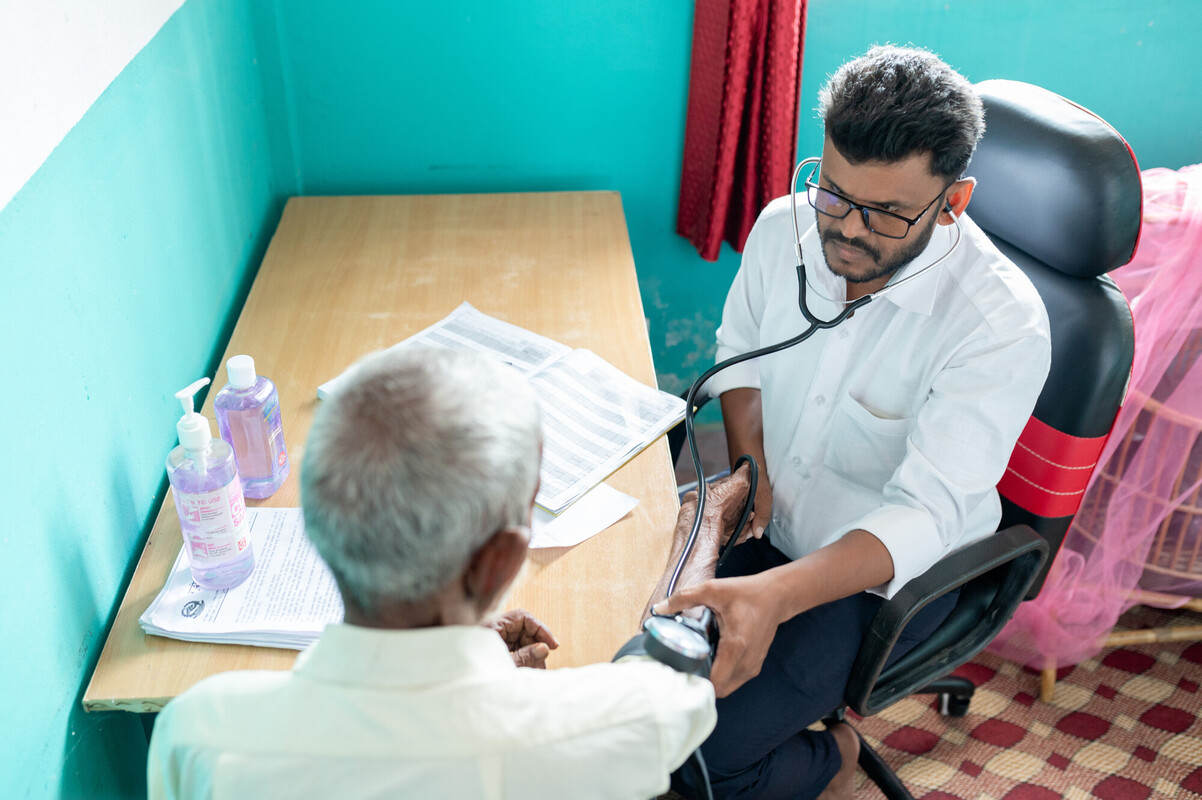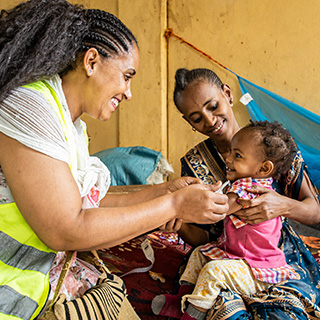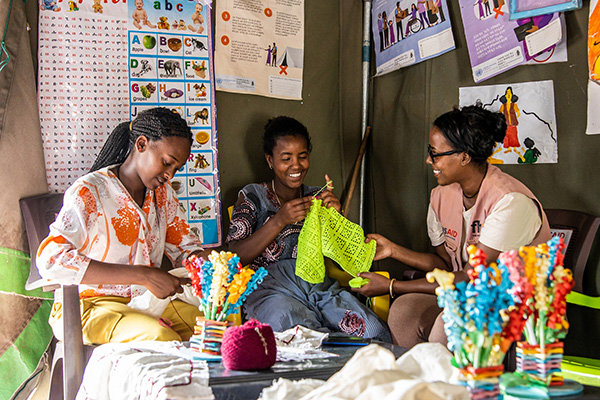- Our strategy for 2023-2025
- Diversity, equity and inclusion
- Ethics and safeguarding
- Impact and financial reports

Our strategy

Democracy and governance
Economic opportunity
Environment and climate action
Humanitarian response
- Nutrition and food security
- Explore our expertise

Nutrition and food security

- Asia Pacific
- Central Africa
- East Africa
- West Africa
- Southern Africa
- Middle East and North Africa
- Europe and Central Asia
- Latin America and the Caribbean
- United States
Around the world

In the United States

Join our team
Local partners
Government and multilateral funders
Foundations and corporations
Academic and research partners
Small businesses and vendors

- Get the latest news

- Videos (YouTube)
- Explore our storytelling
Our storytelling

Published research
Resource library


Qualitative Research Methods: A Data Collector’s Field Guide
2005 — This how-to guide covers the mechanics of data collection for applied qualitative research. It is appropriate for novice and experienced researchers alike. It can be used as both a training tool and a daily reference manual for field team members. The question and answer format and modular design make it easy for readers to find information on a particular topic quickly. The Data Collector’s Field Guide includes:
- Self-contained modules for each research method (including participant observation, in-depth interviews and focus group discussions)
- Ethical guidelines for each method
- Case study samples with notes, forms and transcripts
- Tips for taking field notes for specific methods
- Steps and checklists for what to do and bring for each type of data collection
- Exercises for training data collectors in each method
- Tools for data managers
- Suggested readings

Documents / Downloads
- Qualitative Research Methods: A Data Collector's Field Guide

- Privacy overview
- Essential cookies
- Non-essential cookies
This website uses cookies so that we can provide you with the best user experience possible. Cookie information is stored in your browser and performs functions such as recognising you when you return to our website and helping our team to understand which sections of the website you find most interesting and useful.
Essential cookies should be enabled at all times so that we can save your preferences for cookie settings. However, they can be enabled or disabled using the button below.
If you disable all cookies, we will not be able to save your preferences. This means that every time you visit this website you will need to enable or disable essential cookies again.
This website uses Google Analytics to collect anonymous information such as the number of visitors to the site, and the most popular pages.
Keeping this cookie enabled helps us to improve our website.
Please enable essential cookies first so that we can save your preferences!

IMAGES
VIDEO
COMMENTS
PDF | On Jan 1, 2005, N. Mack and others published Qualitative Research Methods: A Data Collector’s Field Guide | Find, read and cite all the research you need on ResearchGate.
What is the most important difference between quantitative and qualitative methods? The key difference between quantitative and qualitative methods is their flexibility. Generally,
This manual can be used as a stand-alone, self-learning tool by individuals new to the use of social science methods in health research; it can also be used by social scientists tasked with …
Highlights the relevance and wide application of qualitative methods with an array of international examples of real field research and interdisciplinary case studies. Gives clear...
Qualitative Research Methods: A Data Collector's Field Guide. Authors. Family Health International, Natasha Mack. Contributor. United States. Agency for International Development....
The three most common qualitative methods, explained in detail in their respective modules, are participant observation, in-depth interviews, and focus groups. Each method is particularly …